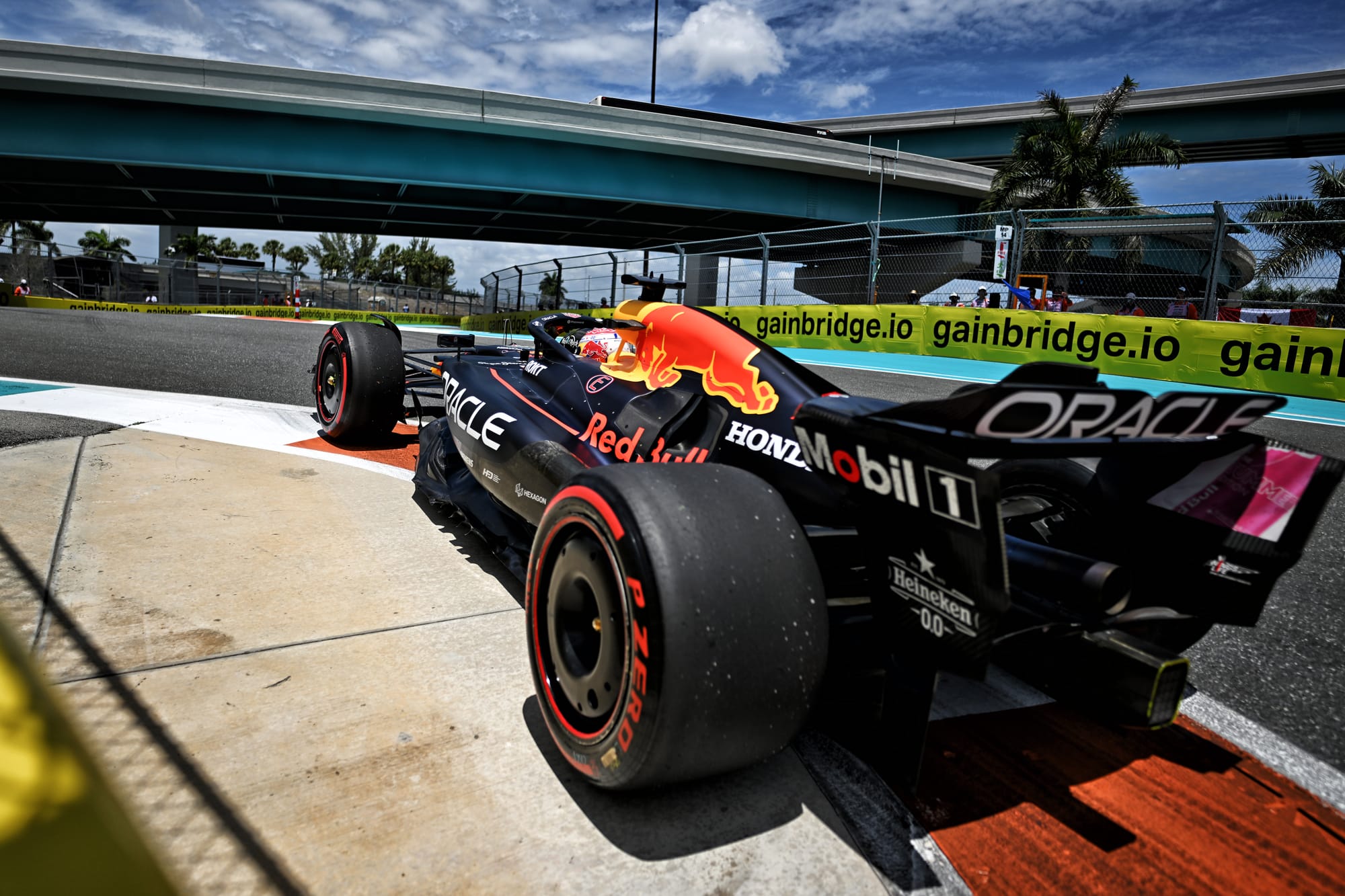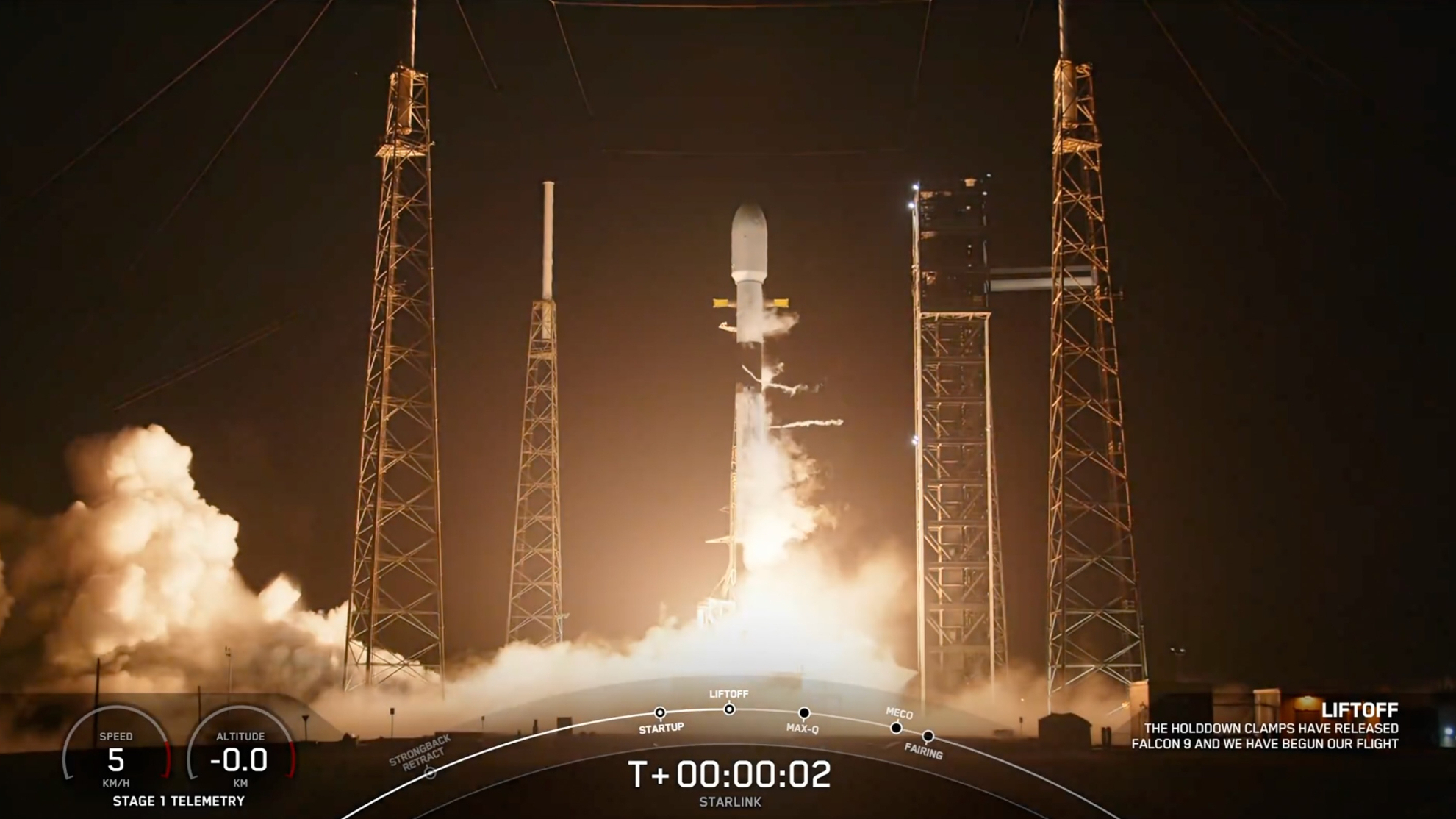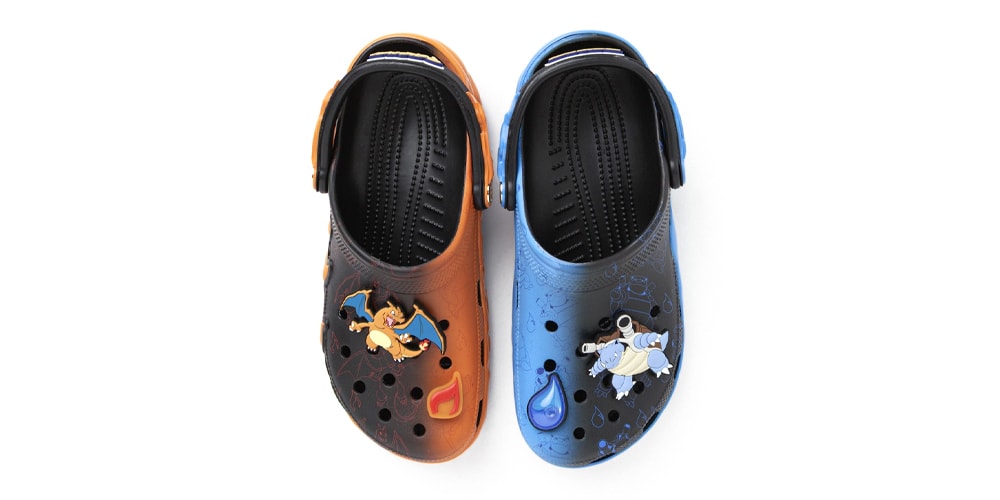How to Fix Image Loading Issues in Flutter with YouTube Thumbnails?
Introduction When working with Flutter, developers often face challenges while integrating external resources, such as images from different domains. A common issue arises when trying to load YouTube video thumbnails, leading to errors that may hinder the application's functionality. If you are using the youtube_plyr_iframe package in your Flutter project and encountering problems fetching YouTube thumbnails using Image.network, you are not alone! Understanding the Problem The error you are experiencing typically stems from restrictions placed on cross-origin resource sharing (CORS). YouTube images, such as the thumbnail https://i3.ytimg.com/vi/TyimCGEkiUc/maxresdefault.jpg, may encounter loading issues if they don't permit cross-origin requests. While loading other images works seamlessly, YouTube thumbnails may require specific headers or adjustments in your Flutter web project configuration. A Step-by-Step Solution Here’s how you can troubleshoot and potentially resolve this issue in your Flutter application: Step 1: Validate the Image URL Ensure the YouTube thumbnail URL is correct and accessible. You can do this by opening the link directly in a web browser. If it loads successfully, the problem likely resides within your Flutter app. Step 2: CORS Configuration If you're running a Flutter web application, you might be affected by CORS policies. To resolve this issue, it’s suggested to include CORS settings that allow you to fetch resources from other domains. If you have control over the server, ensure it sends the appropriate Access-Control-Allow-Origin headers. However, if you're using a public API or resource that you cannot control, you may need alternative approaches. Step 3: Use a Proxy Server One effective way to bypass CORS issues is by using a proxy server that relays requests to the YouTube image server. You can set up your own simple proxy, or you can use public proxy services. However, always consider the implications of using public proxies, including privacy and security concerns. Here’s an example of how you might set up a proxy in your Flutter app: Image.network('https://your-proxy-server.com/https://i3.ytimg.com/vi/TyimCGEkiUc/maxresdefault.jpg') Step 4: Workaround via Base64 As a temporary solution, you can convert the YouTube thumbnail to a base64 string and then use it in Image.memory. This requires fetching the image data manually and is not efficient for production apps. Here’s how you might implement it: import 'package:flutter/material.dart'; import 'dart:convert'; import 'package:http/http.dart' as http; Future fetchImageBase64(String url) async { final response = await http.get(Uri.parse(url)); return base64Encode(response.bodyBytes); } class _MyHomePageState extends State { String? imageBase64; @override void initState() { super.initState(); fetchImageBase64('https://i3.ytimg.com/vi/TyimCGEkiUc/maxresdefault.jpg').then((value) { setState(() { imageBase64 = value; }); }); } @override Widget build(BuildContext context) { return MaterialApp( home: Scaffold( body: imageBase64 != null ? Image.memory(Base64Decoder().convert(imageBase64!)) : Center(child: CircularProgressIndicator()), ), ); } } Step 5: Use Earlier Set Coding Practices If the above solutions do not work, consider reverting to the approaches you've seen in working examples, such as the Interactive example on Flutter.dev. Sometimes, minor adjustments in implementation can reveal the solution. Frequently Asked Questions Why can't I load YouTube thumbnail images in Flutter? This is typically due to CORS policy restrictions enforced by the browser or server limitations that do not allow cross-origin requests, resulting in an ImageCodecException. How can I resolve the CORS issue in my Flutter application? You can resolve CORS issues by configuring your server or proxying the image through a CORS-enabled server. Is using a proxy server for images safe? While public proxies can be convenient for quick fixes, they may pose privacy and security risks. Evaluate this method carefully before implementation. Conclusion Loading YouTube thumbnails in Flutter can be tricky due to CORS issues. By following the steps outlined in this article, including validating image URLs and considering workaround methods, you can successfully render YouTube images in your application. If all else fails, reviewing previous examples and configurations can provide insight. Don't hesitate to reach out to the community or documentation for further assistance.

Introduction
When working with Flutter, developers often face challenges while integrating external resources, such as images from different domains. A common issue arises when trying to load YouTube video thumbnails, leading to errors that may hinder the application's functionality. If you are using the youtube_plyr_iframe package in your Flutter project and encountering problems fetching YouTube thumbnails using Image.network, you are not alone!
Understanding the Problem
The error you are experiencing typically stems from restrictions placed on cross-origin resource sharing (CORS). YouTube images, such as the thumbnail https://i3.ytimg.com/vi/TyimCGEkiUc/maxresdefault.jpg, may encounter loading issues if they don't permit cross-origin requests. While loading other images works seamlessly, YouTube thumbnails may require specific headers or adjustments in your Flutter web project configuration.
A Step-by-Step Solution
Here’s how you can troubleshoot and potentially resolve this issue in your Flutter application:
Step 1: Validate the Image URL
Ensure the YouTube thumbnail URL is correct and accessible. You can do this by opening the link directly in a web browser. If it loads successfully, the problem likely resides within your Flutter app.
Step 2: CORS Configuration
If you're running a Flutter web application, you might be affected by CORS policies. To resolve this issue, it’s suggested to include CORS settings that allow you to fetch resources from other domains. If you have control over the server, ensure it sends the appropriate Access-Control-Allow-Origin headers. However, if you're using a public API or resource that you cannot control, you may need alternative approaches.
Step 3: Use a Proxy Server
One effective way to bypass CORS issues is by using a proxy server that relays requests to the YouTube image server. You can set up your own simple proxy, or you can use public proxy services. However, always consider the implications of using public proxies, including privacy and security concerns.
Here’s an example of how you might set up a proxy in your Flutter app:
Image.network('https://your-proxy-server.com/https://i3.ytimg.com/vi/TyimCGEkiUc/maxresdefault.jpg')
Step 4: Workaround via Base64
As a temporary solution, you can convert the YouTube thumbnail to a base64 string and then use it in Image.memory. This requires fetching the image data manually and is not efficient for production apps. Here’s how you might implement it:
import 'package:flutter/material.dart';
import 'dart:convert';
import 'package:http/http.dart' as http;
Future fetchImageBase64(String url) async {
final response = await http.get(Uri.parse(url));
return base64Encode(response.bodyBytes);
}
class _MyHomePageState extends State {
String? imageBase64;
@override
void initState() {
super.initState();
fetchImageBase64('https://i3.ytimg.com/vi/TyimCGEkiUc/maxresdefault.jpg').then((value) {
setState(() {
imageBase64 = value;
});
});
}
@override
Widget build(BuildContext context) {
return MaterialApp(
home: Scaffold(
body: imageBase64 != null
? Image.memory(Base64Decoder().convert(imageBase64!))
: Center(child: CircularProgressIndicator()),
),
);
}
}
Step 5: Use Earlier Set Coding Practices
If the above solutions do not work, consider reverting to the approaches you've seen in working examples, such as the Interactive example on Flutter.dev. Sometimes, minor adjustments in implementation can reveal the solution.
Frequently Asked Questions
Why can't I load YouTube thumbnail images in Flutter?
This is typically due to CORS policy restrictions enforced by the browser or server limitations that do not allow cross-origin requests, resulting in an ImageCodecException.
How can I resolve the CORS issue in my Flutter application?
You can resolve CORS issues by configuring your server or proxying the image through a CORS-enabled server.
Is using a proxy server for images safe?
While public proxies can be convenient for quick fixes, they may pose privacy and security risks. Evaluate this method carefully before implementation.
Conclusion
Loading YouTube thumbnails in Flutter can be tricky due to CORS issues. By following the steps outlined in this article, including validating image URLs and considering workaround methods, you can successfully render YouTube images in your application. If all else fails, reviewing previous examples and configurations can provide insight. Don't hesitate to reach out to the community or documentation for further assistance.














































![The Alviator Family Review: Cathay Pacific The Bridge, Hong Kong (HKG) [NEW, 2025]](https://boardingarea.com/wp-content/uploads/2025/05/6debc5e22fa3d87557b0ecbedb07a2a4.jpeg?#)





























